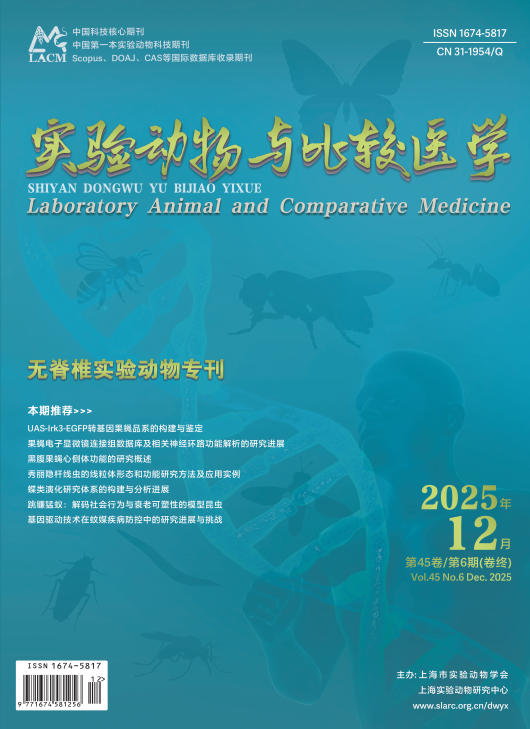Objective To study the pathway of cis-dichlorodiamineplatinum (DDP) inhibiting the synthesis of steroid hormones in mice, and to observe the intervention effect of dehydroepiandrosterone (DHEA). Methods Sixty adult ICR mice were randomly divided into three groups: control group, DDP modeling group, and DHEA group, with 10 male and 10 female mice in each group. The DDP modeling group mice were intraperitoneally injected with DDP solution at a dose of 2.5 mg·kg-1·d-1, once every 3 days, a total of 7 times. On the same day of modeling, the control group mice were injected with an equal amount of physiological saline intraperitoneally. The DEHA treatment group mice were treated with DDP and given a dose of 8.3 mg·kg-1·d -1 of DHEA by gavage for 21 consecutive days. The changes of fatigue indexes of mice were observed by open field, grip and rod rotation tests. The morphology changes of adrenal gland, testicular and ovarian tissue were observed by pathological section and HE staining. The levels of serum steroid hormones were detected by high-performance liquid chromatography-tandem mass spectrometry (HPLC-MS/MS). The mRNA and protein expression levels of the related genes of the hypothalamus, hypophysis, adrenal, testis and ovary were tested by real-time fluorescent quantitative PCR (RT-qPCR) and Western blotting. Results Compared with control group, both male and female mice in DDP modeling group were significantly losing weight (P<0.05), their abilities in horizontal movement and vertical movement decreased (all P<0.05), and the stay time and grip also significantly decreased (all P<0.05) in female mice. Indexes of fatigue were improved after DHEA supplement (all P<0.05). In the DDP modeling group, the arrangement of spermatogenic cells at all levels in the testicular tissue was disordered and the testicular interstitial edema was observed, and a large number of primordial follicles in the ovarian tissue were activated, the number of atresia follicles increased, and the number of granulosa cells in the follicles decreased; while in the DHEA group, the damaged phenotype of testicles and ovaries was significantly improved. Compared with control group, the levels of serum testosterone and dihydrotestosterone in both male and female DDP modeling mice significantly decreased (P<0.01), the pregnenolone was down-regulated but corticosterone was up-regulated significantly (P<0.05) in male mice, the corticosterone was down-regulated significantly (P<0.05) in female mice. Compared with the DDP group, after DHEA supplement, the pregnenolone in male mice and the progesterone in female mice increased significantly (P<0.05), but the pregnenolone in female mice and the progesterone in male mice decreased significantly (P<0.05). Compared with control group, the expression levels of Cyp21a1 and Cyp11a1 genes in the adrenal gland and Gnrh gene in the hypothalamus of male and female mice in the DDP modeling group significantly decreased (all P<0.05); the expression levels of Hsd3b2 gene in the adrenal gland, Star, Cyp11a1, and Lhr genes in the ovaries, Crh, Pomc, and Lhb genes in the hypothalamus, pituitary, and pituitary of female mice significantly decreased (all P<0.05); the expression levels of Star gene and StAR protein in the testicles of male mice, as well as Fshb and Lhb genes in the pituitary gland, were significantly down-regulated (all P<0.05). After DHEA supplement, compared with the DDP modeling group, the mRNA expression levels of Cyp17a1 in the adrenal gland of male mice and Cyp17a1, Lhr and Fshr genes in testis were down-regulated significantly (P<0.05); the expression level of Cyp11a1 gene in the adrenal gland of female mice was also decreased (P<0.05); while the expression levels of Hsd3b2 gene in the adrenal gland, Star, Cyp11a1, Hsd3b2 and Lhr gene in the ovary, and Lhb gene in the pituitary gland were all up-regulated ( P<0.05). Conclusion The function of hypothalamus-pituitary-adrenal/gonadal axis was inhibited by DDP intermittent injection, especially in female. Supplementation of DHEA can help regulate the homeostasis of steroid hormone levels.

